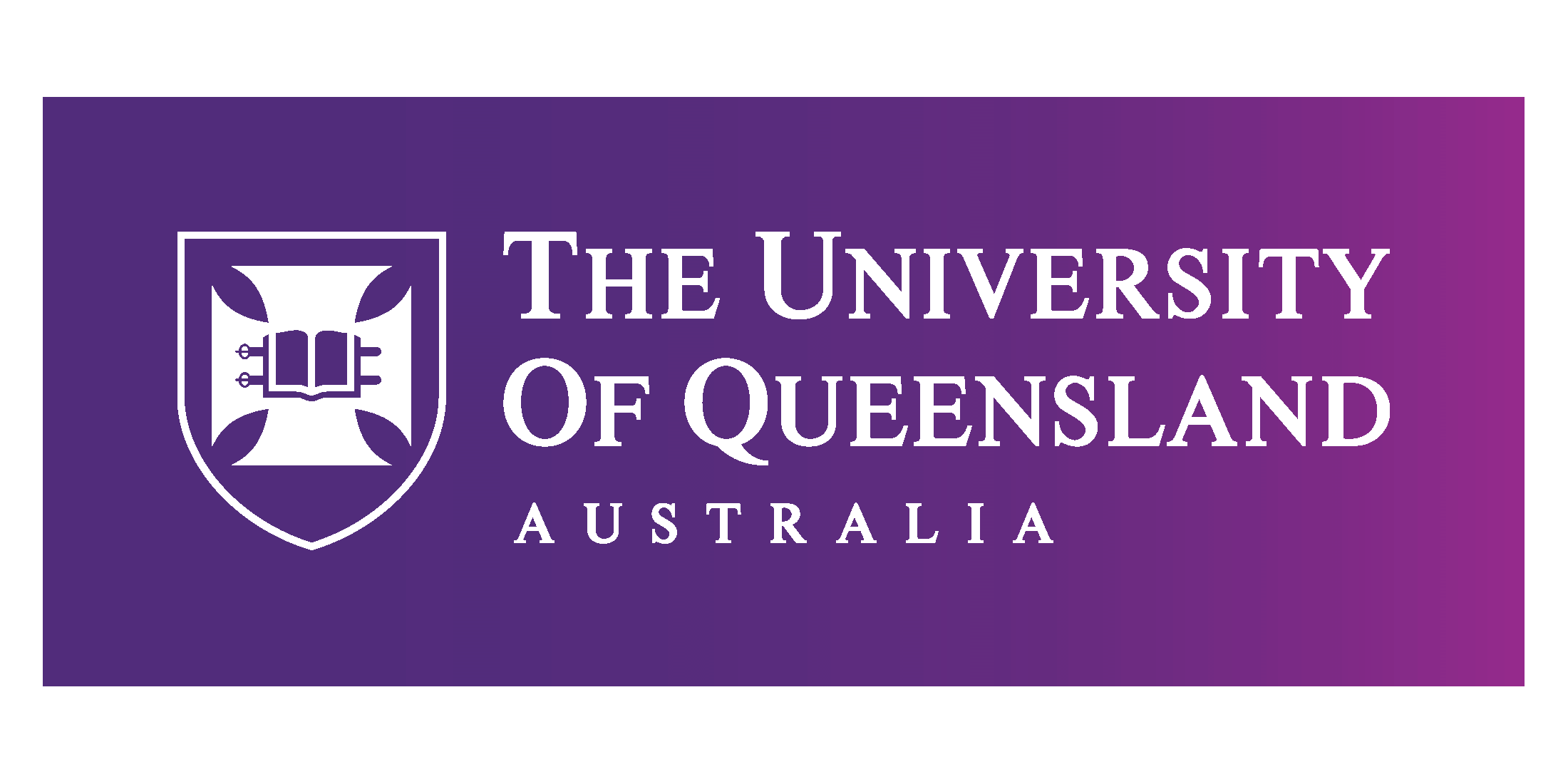Understanding where we’ve been and where we’re going
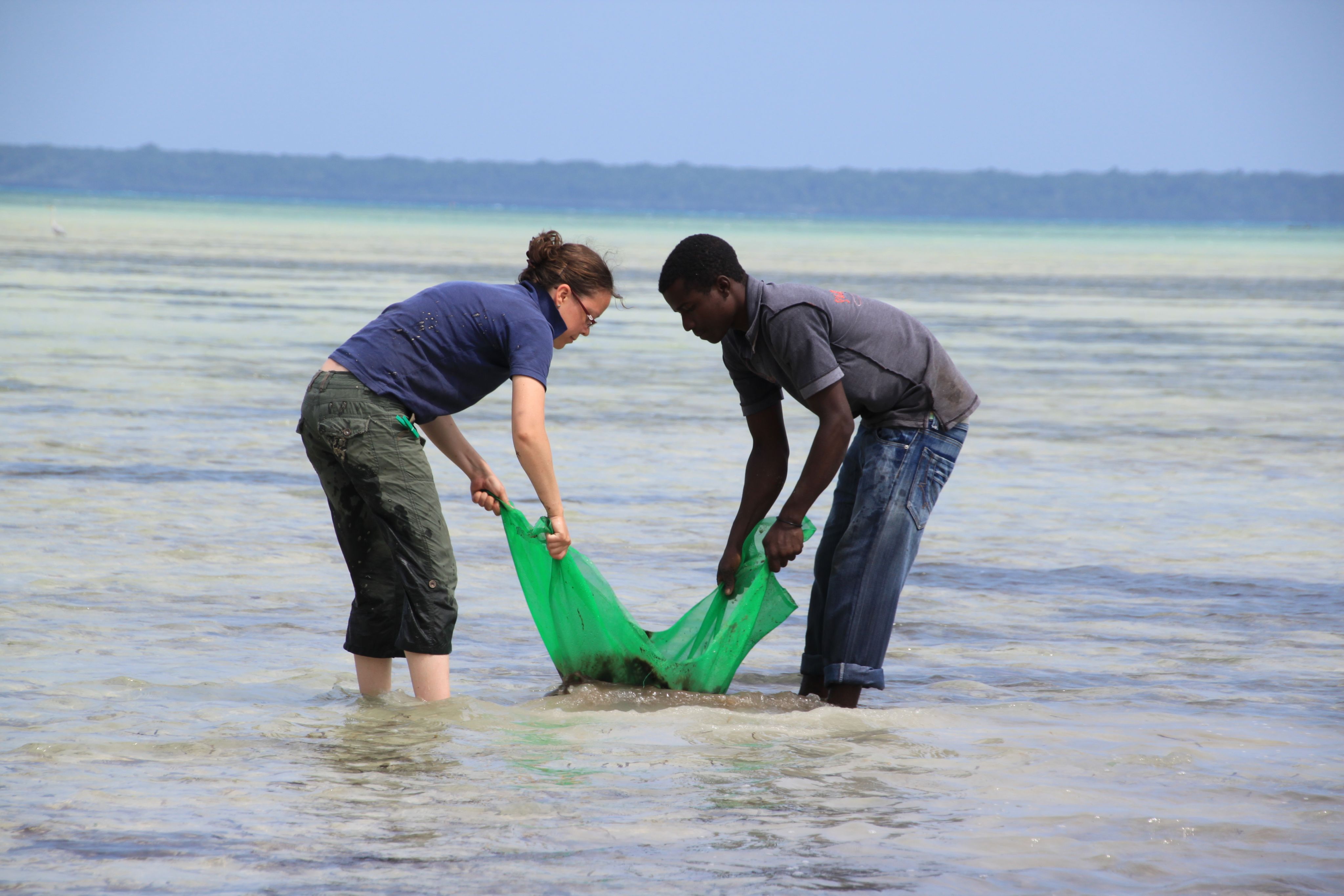
Globalization and sustainability may seem like terminology affixed to modern times, yet University of Queensland archaeologist Dr Alison Crowther says we’d be surprised how much they relate to the past.
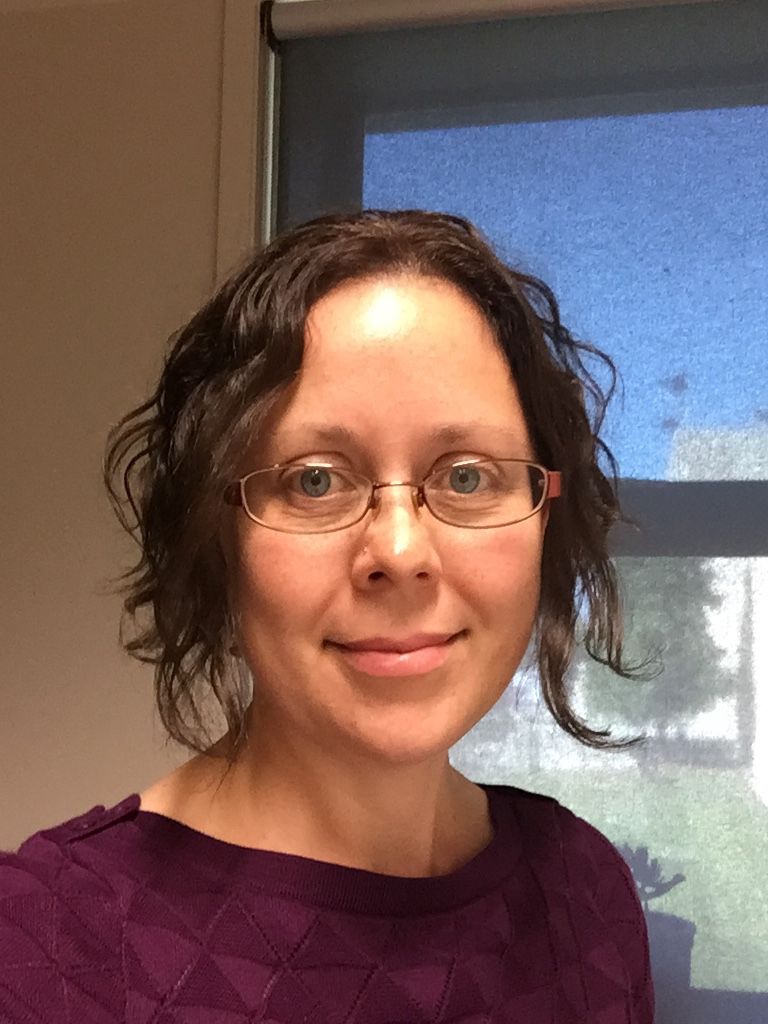
[WRAP-RIGHT] Dr Alison Crowther, Senior Lecturer, School of Social Science at The University of Queensland
[WRAP-RIGHT] Dr Alison Crowther, Senior Lecturer, School of Social Science at The University of Queensland
Dr Crowther is in the midst of research that addresses historical riddles more than 1000 years old. Her latest findings on the movement of people, plants, animals, goods and customs across the Indian Ocean, have been ground-breaking.
“In its broadest context, this research provides unprecedented insight into the long-term history of human connectivity, and how that helped shape both the social and natural landscapes across this vast region,” Dr Crowther said.
“Globalization is not a modern phenomenon. Indeed, we can trace connectivity back thousands of years. It’s exciting…being able to connect our present to our past.”
Dr Crowther’s area of fascination for most of the past decade has been in East Africa, specifically around the island nations of Madagascar and the Comoros.
Linguists have long established that inhabitants of Madagascar, rather than speaking an African dialect, speak an Austronesian language most similar to those in Borneo, South-East Asia’s largest island.
The islands east of Africa also have a preference for rice that stretches back 1000 years, while the mainland African nations have traditionally preferenced foodstuffs such as millet and sorghum.
How did islands separated from Africa by a few hundred kilometers adopt hallmarks of a region more than 5000 kilometers away?
“If you looked at images of the terraced rice paddies of Madagascar you would swear they had been copied from the other side of the Indian Ocean,” Dr Crowther says.
"Even things like musical instruments and other flora such as taro, banana and yam provide commonalities with Asia, but without establishing an irrefutable link.
Nobody has previously been able to put a precise timeframe on when these were transplanted, and we’ve lacked the reasons. Why did this happen? How did it happen? Which way did people from South-East Asia travel to arrive there?
Knowing whether people came direct across the Indian Ocean, or whether they sailed around the rim of the Indian subcontinent, Middle East and East Africa has been very difficult to establish because of the way they lived and the very few traces left behind.
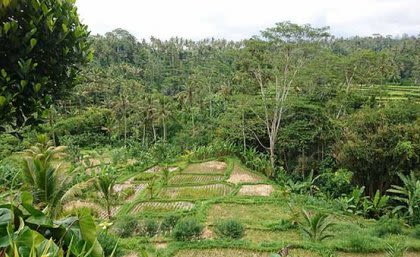
Rice terraces in Bali. Farmers have been altering the Earth's surface for thousands of years. Image: Andrea Kay.
Rice terraces in Bali. Farmers have been altering the Earth's surface for thousands of years. Image: Andrea Kay.
What is even more difficult is tracing the origins in South-East Asia, because just as East Africa was changing, Asia was incredibly dynamic and with a lot of interaction and movement over the last 1000 years.
Indeed, there were extremely mobile maritime societies who recruited people from far and wide to be part of their powerful seafaring forces.”
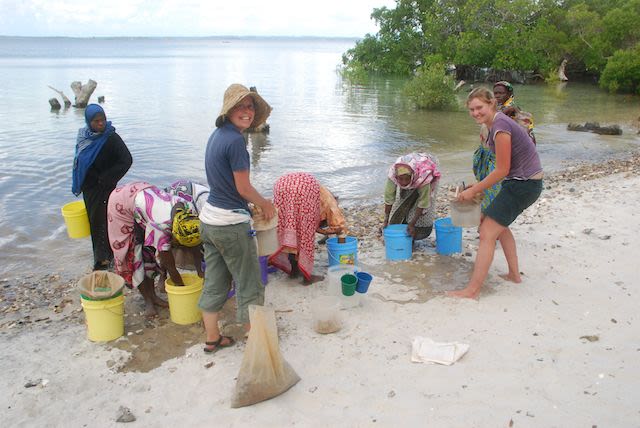

One hypothesis has been that the cultural connections developed because of a slave trade, while other theories link the regions together through trade in spices and other commodities.
Fascinated in her youth by the “mystery and exoticism” of ancient peoples and cultures, Dr Crowther remains enraptured by the unknowns of her chosen profession.
“It’s still incredibly mysterious at times…establishing people’s motivations for actions and behaviors,” she says.
“In the geographic regions my work currently focuses on you see less of the empirical displays of force and power you might witness in Roman or Greek history.
Conquest was not as much a focus – although the slave trade cannot be completely ignored in that regard – but trading goods was more the mechanism for advantageous relations between groups."
“It speaks to the many facets of human behavior and the multiple trajectories that people walk at different times and places.”
The other, big difference to studying large state-based societies such as the Romans, Greeks and Egyptians, is the comparative scarcity of monumental sites and dwellings left behind in the Indian Ocean islands.
Working in the tropics also presents challenges for finding sites and other traces that help archaeologists visualize or confirm hypotheses, and the mobile, biodegradable lifestyle of past generations often covered traces of exact movements.
“But DNA…DNA is a gamechanger,” says Dr Crowther.
“Ever since I began in this field as a student, technologies have amplified so much, not only in what they are capable of, but in their affordability and prevalence.
You can now take a bone fragment that is otherwise unidentifiable – broken to the point where you can’t tell if it’s from a human, a rat or a chicken – and you can use molecular techniques to identify what animal it came from.
You can now identify the chemicals in glass beads and other trade goods to tell where the components derived from. In East Africa we uncover artefacts that come from all around the Indian Ocean region, from China, India and the Middle East.
Archaeology has shifted away from a focus on materials like ceramics, to now looking at all forms of biological and cultural evidence, even the microbes that lived on people’s teeth can tell a story.”
There’s an uncomfortable truth about the way we live in the 21st Century.
The amount of material change we have made to the Earth – urban development, discarded consumables, and human manipulation of the natural environment – makes the microbes on our teeth seem almost insignificant to future generations for tracing our history.
Even if there was a ‘digital apocalypse’ that erased the internet and our seemingly endless sources of data and records, we would leave behind remnants that cluttered the Earth for thousands of years.
“I think about the scale of the impact we’re having and it’s a little scary,” Dr Crowther says.
“We are fundamentally reshaping the planet. It’s so much more transformative than what occurred in the past.
At the same time, I think it’s important to acknowledge humans have been creating novel ecosystems by moving plants and animals around for longer than we may normally consider.
Studying Madagascar and the Comoros provides a new perspective about the role humans have played in shaping the Earth and, without diminishing the gravity of the changes we are presently making, we can use archaeology to inform decisions.
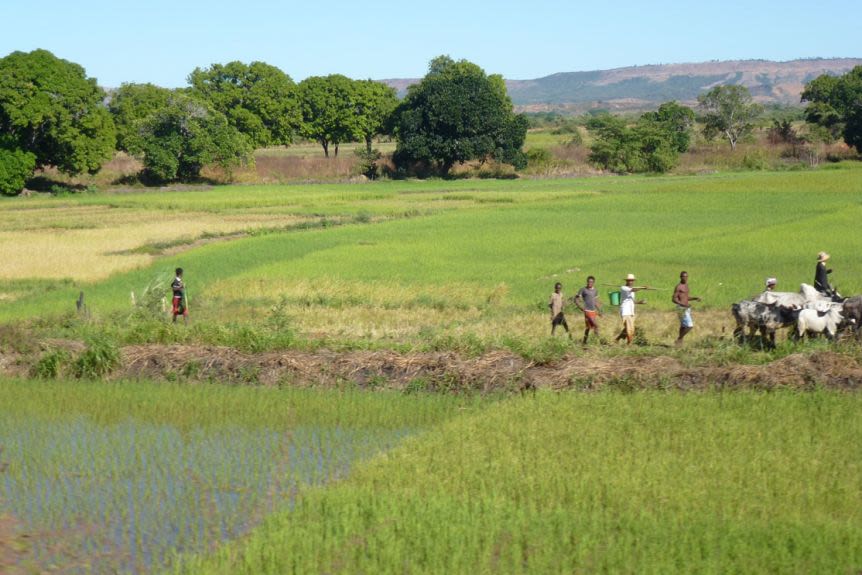
Dr Alison Crowther is solving mysteries of Madagascar with ancient rice.
Dr Alison Crowther is solving mysteries of Madagascar with ancient rice.
By understanding where we have been and where we are going, we can direct ourselves to sustainable, prosperous futures.”
Having focused on the Pacific Islands early in her career, Dr Crowther says there are some parallels between Australia’s neighbors and the islands off East Africa.
However, she noted there were distinct differences which made understanding Madagascar and the Comoros a challenging progression.
“In the Pacific I studied people who colonized uninhabited islands, whereas my latest work involves greater detail on the interactions between different communities,” Dr Crowther says.
“But, in terms of methodology, yes you still see overlap in the details that offer insight. Many of the techniques we apply are the same, as are the types of plants and animals that we study in order to human movement.”
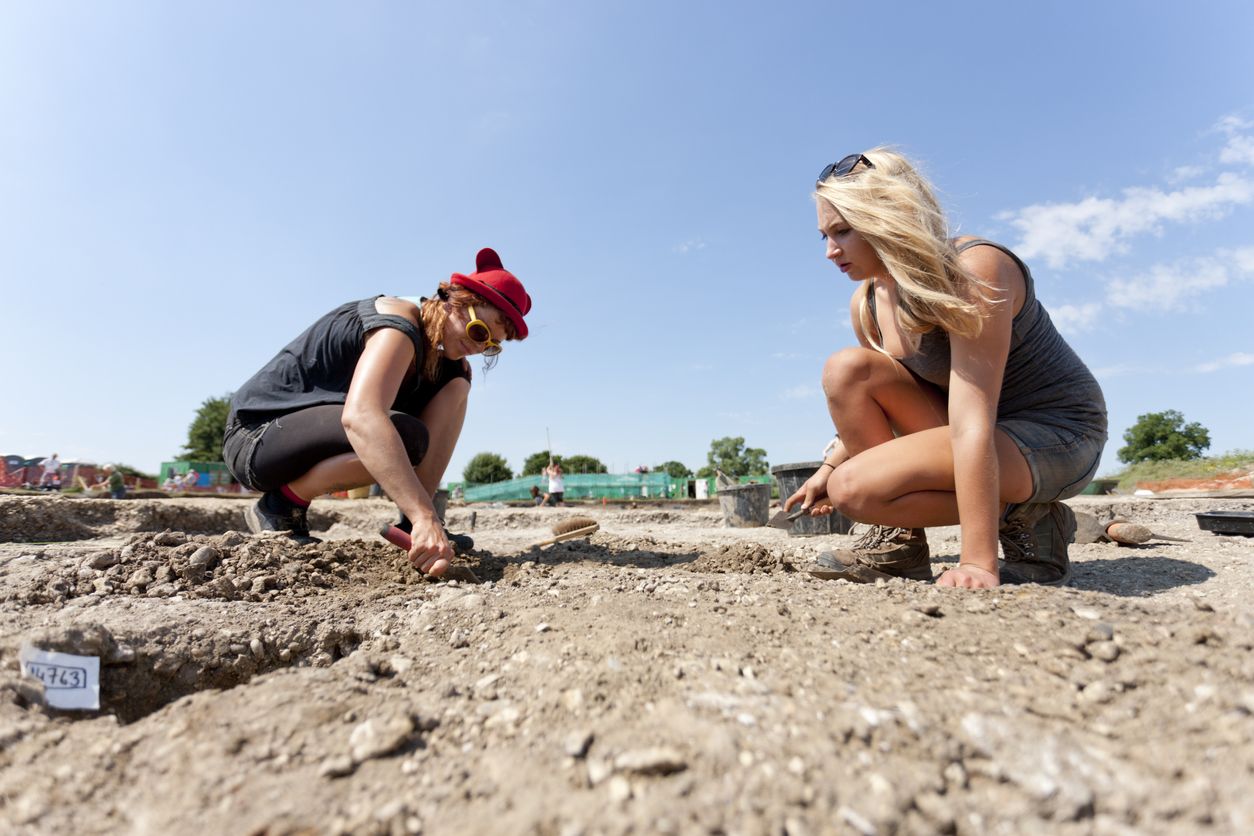
This content was paid for and created by The University of Queensland. The editorial staff of The Chronicle had no role in its preparation. Find out more about paid content.



